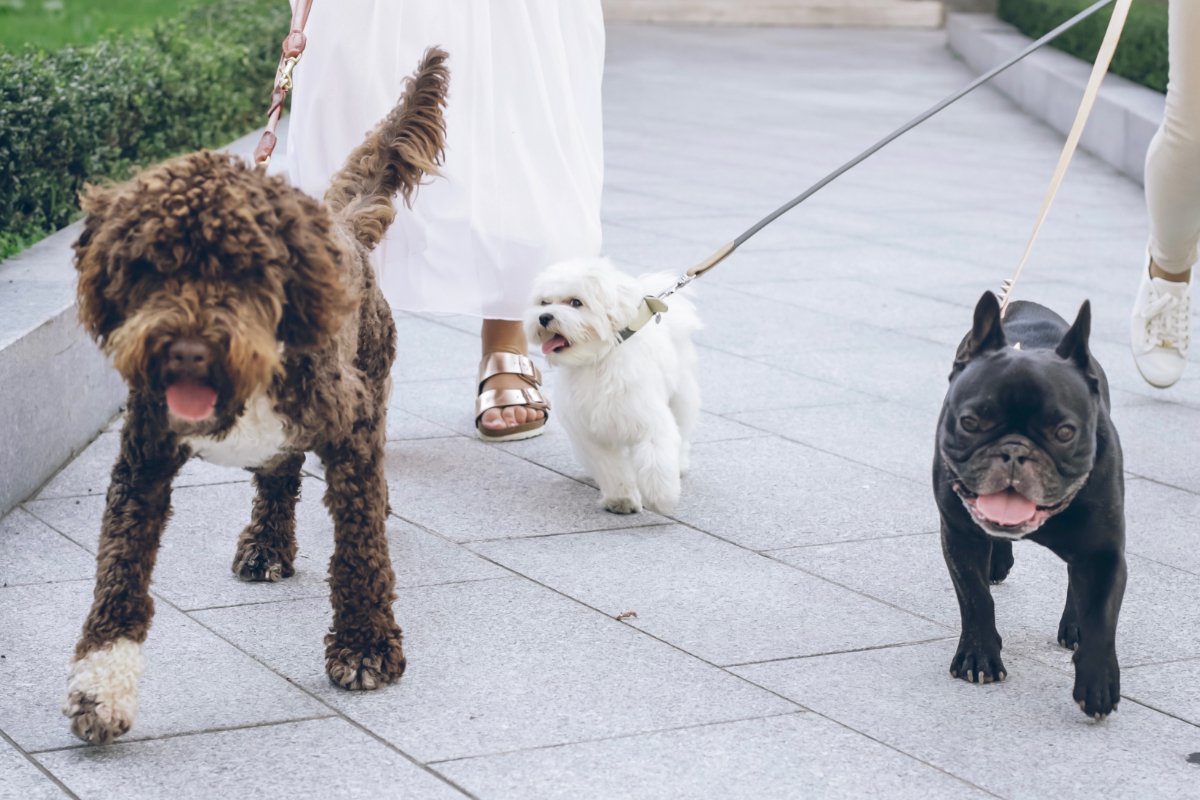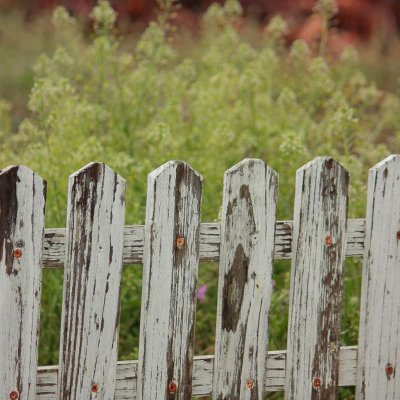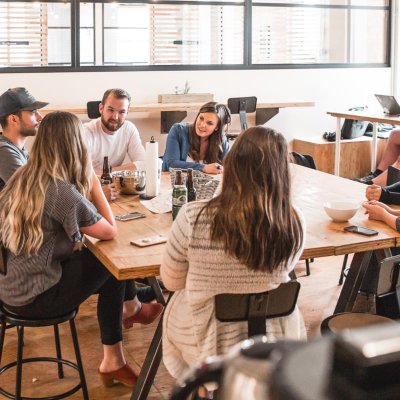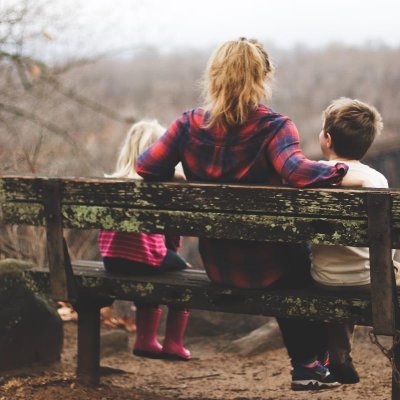KEY POINTS
- Dog walks aren’t about who’s in front or applying arbitrary rules.
- The best dog walks are a mutual experience where the person and the dog enjoy the walk.
- Make dog walks fun and enriching for your dog by considering their individual needs.
In the past, when I had a big bouncy dog, there was a comment I would often get from total strangers: “Who’s walking who?” Perhaps they thought they were being funny, but to my mind, the whole point of the dog walk is the dog. If he wanted to stop and sniff one spot for ages so as not to miss a single scent molecule, that was up to him. If he wanted to hurry along and go faster, that was also up to him, so long as he wasn’t pulling me over (which he wasn’t, thanks to a front-clip harness).
This is a big change from the outdated ideas that people used to have about dog walks, but it’s a change that many people have embraced. We know that there’s no basis in reality for the old-fashioned ideas that some trainers used to espouse, such as not letting your dog walk in front of you. If you’re not taking part in competitive obedience, there’s also no need to insist on your dog being in a heel position on your left while you walk.
Safety, Choices, and Training on Dog Walks
Of course, the walk has to be safe and comfortable for both of you. For your own safety, you can use a front-clip harness to reduce pulling and train your dog with treats not to pull on the leash. You’ll also want to train them to behave around other people and dogs. Socialization during a puppy class is a great way to give your pup positive experiences and show them that other people and puppies are friendly and not something to be scared of. The sensitive period is a short window (between three and around 12-14 weeks) when you can make a big difference. As for the training side of it, you can train your dog at any age.
Another thing to bear in mind is that your dog needs to be and feel safe on the walk (Todd, 2020). Most dog walking spots are suitable if you have a friendly, relaxed dog. But some dogs are afraid of people or dogs they don’t know. That means you may have to adjust your walking time or location to places that are quiet, where other dogs are always on leash, and where you’ve got space to keep your distance if that’s what your dog needs.
The dog walk can be a sociable experience. Depending on your dog, they might especially like the opportunity to walk with people with other dogs, whether it’s on or off-leash. It gives them the chance to engage in normal doggy social behavior. Of course, some dogs won’t like this or would only like to walk with dogs they already know well. Whatever kind of dog you have, it’s a good idea to give them choices when possible and to learn their likes and dislikes. (See: why dogs’ happiness, not obedience, is what counts).
Even if the point of the walk is for the dog, you may still want to do some training on your walk. I like to have a bait pouch on my belt so that I’ve got treats to hand to use as positive reinforcement for good behavior or for counter-conditioning if anything scary happens. And it’s important to clean up after your dog, so it’s a handy way to store poop bags too.
Walks for Little and Big Dogs
Now that I have a little senior dog, I don’t get the comment “Who’s walking who?” anymore.
These days Pepper doesn’t walk very far. Sometimes if he gets tired, he asks me to carry him. That’s when some people give me strange looks, but mostly they still comment on how cute he is. This illustrates another point: people treat little dogs and big dogs differently. When it comes to dog walks, it seems that little dogs are taken for walks less often than big dogs (Arhant et al., 2010). This is a shame because little dogs like to sniff and get their exercise just as much as bigger dogs. Lack of exercise is linked with behavior issues, but with a big dog, you are probably going to notice them sooner. Little dogs still need their walks, though.
If you can’t take your dog for walks for any reason, such as health issues, or if they are recuperating after surgery, you can still find ways to entertain your dog. But for me, one of the pleasures of having a dog is taking them for walks. And I’m not unusual; many people say the reason they take their dogs for walks is in order to make them happy (Westgarth et al. 2017). Paying attention to your dog’s needs and wants on the walk, and giving them choices when it’s possible and safe, can help them enjoy the walk even more.
So it’s not a case of who’s walking who. The best dog walks are a mutual experience that is pleasant for both the person and the dog. And while a harness and some treats can resolve any canine behavior issues, there isn’t such an easy solution for people with outdated ideas. But one day they will get with the times too.
Read the original article here >>>>>>






